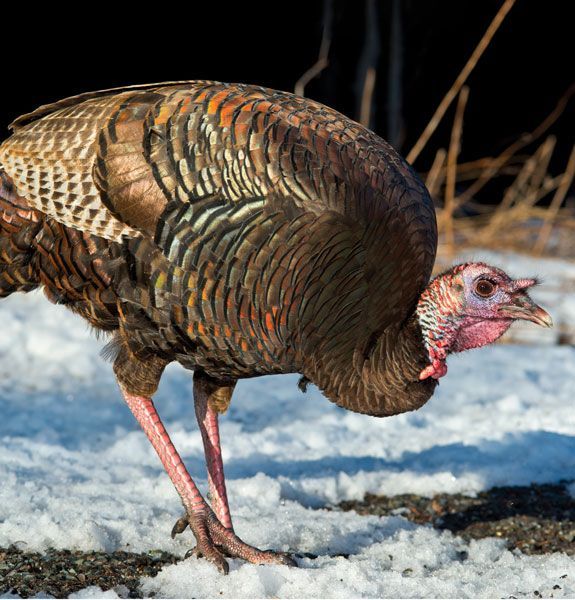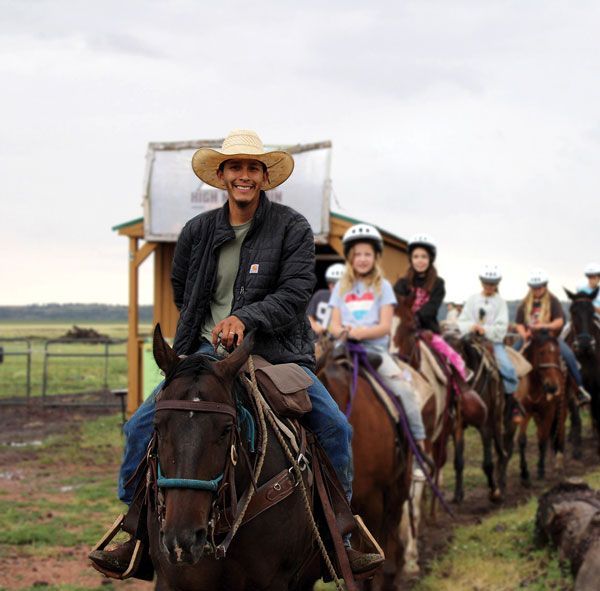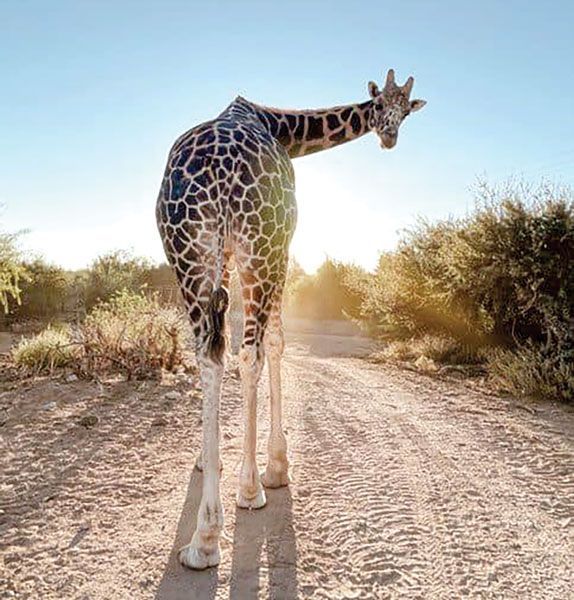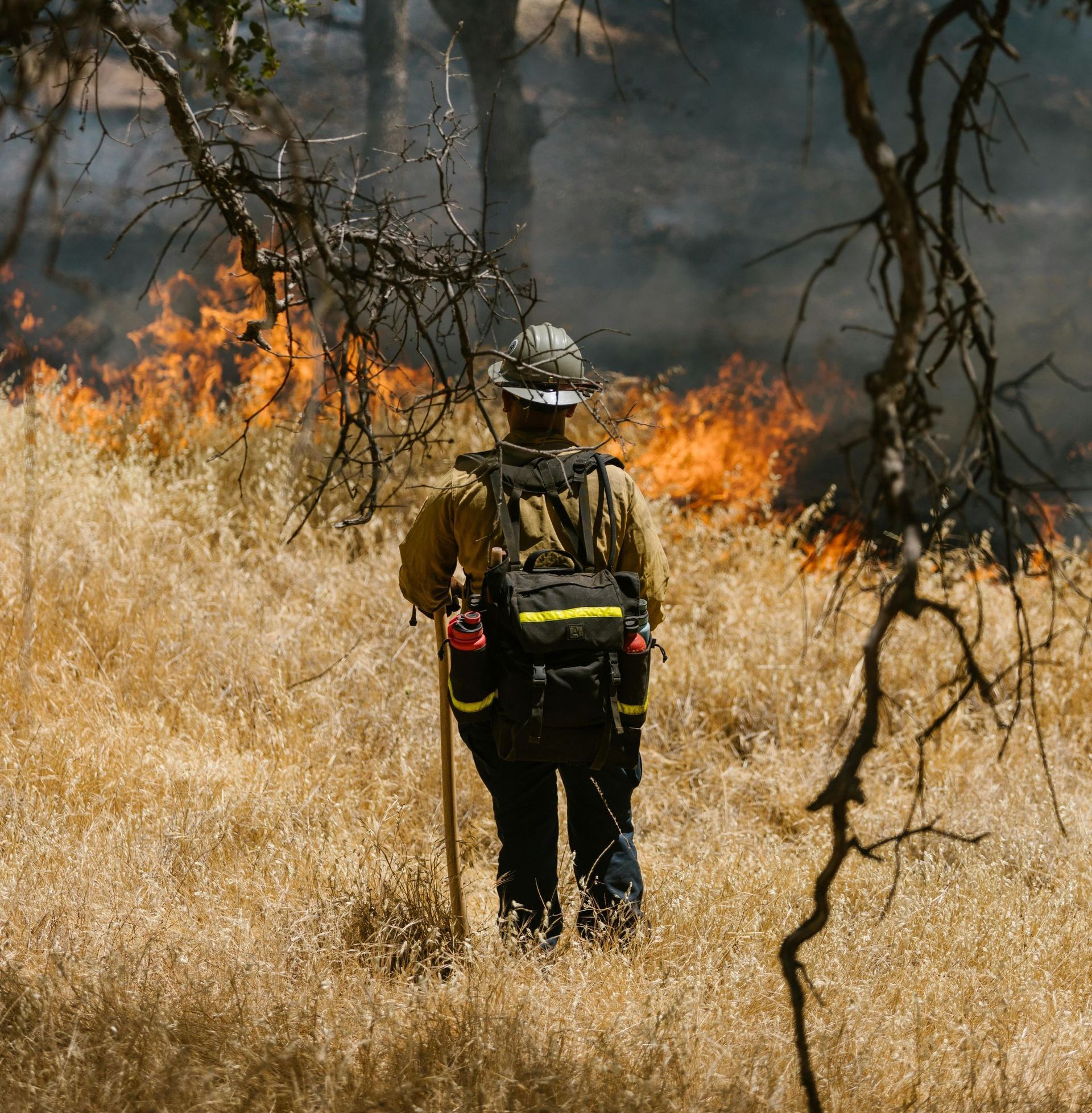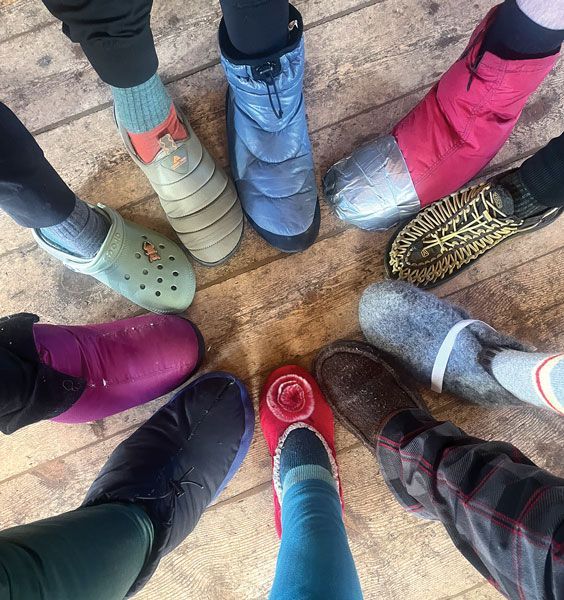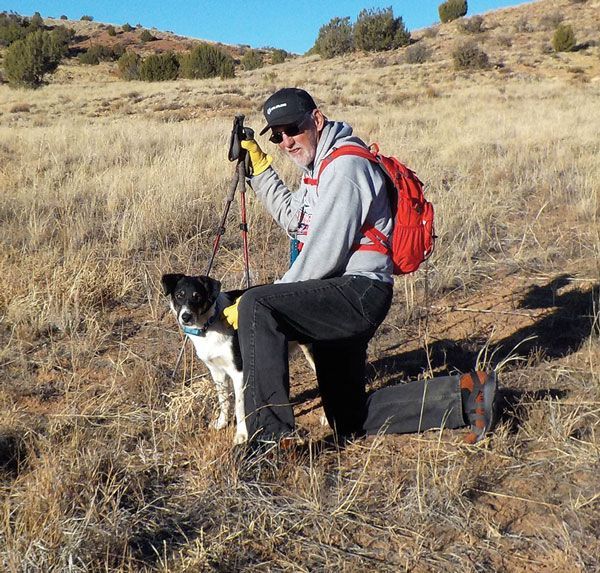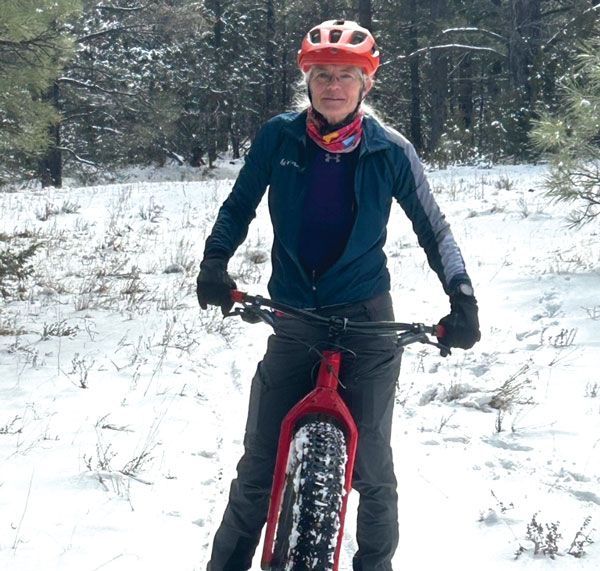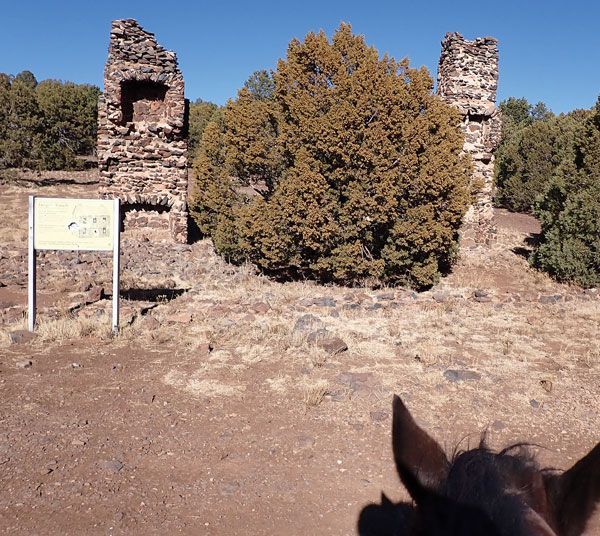Madrean Alligator Lizard
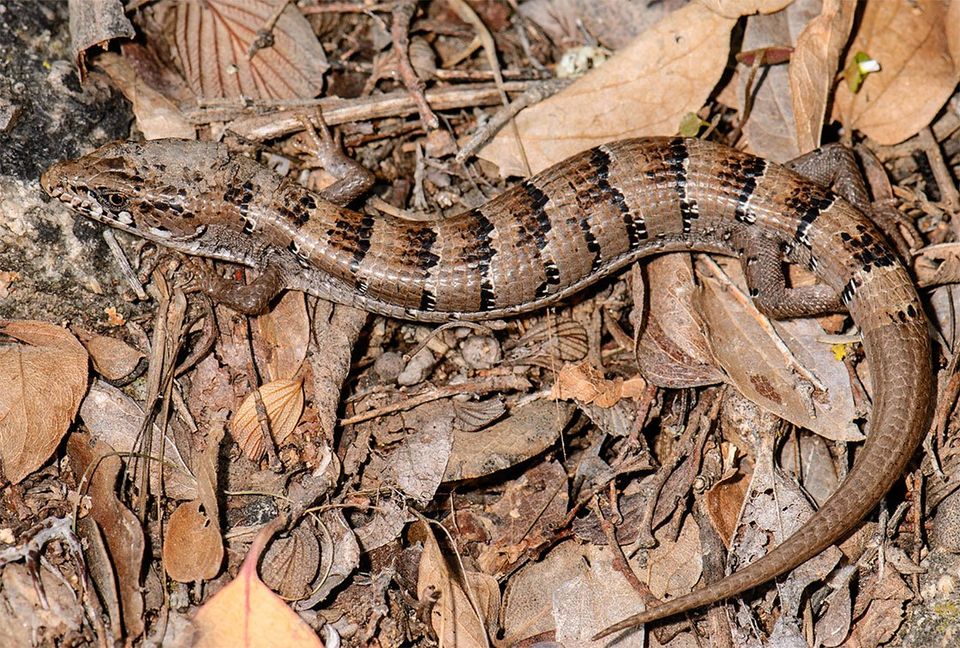
Startled, they dart quickly across the oak leaf litter. The sound of the rustling leaves being the first indicator of their nearby presence. Moving so swiftly as to never offer a clear picture to their identity -- their vigorous swaying suggests the movement of a snake -- their long slender nature reaffirms. Deceptively, the Madrean alligator lizard, a native inhabitant of our mountains, has interesting characteristics which lead many to first mis-identify them as a snake.
Warm weather is fast approaching and the forest around us is transforming into its summer season. With that, comes a host of critters which once again become active on the landscape. On your hikes around town, there is potential to see a fair variety of amphibians and reptiles on local hiking trails. Arizona is host to a unique diversity of reptiles due to its warm climate and desert ecosystems. On a nearby hike, some of the more common species you may encounter include terrestrial garter snakes, American bullfrogs, western fences lizards, gopher snakes and ornate tree lizards. To the more careful observer or someone wanting to seek them out, you can find the following species around town: greater short-horned lizards, Arizona black rattlesnakes, Sonoran Mountain kingsnakes, and Madrean alligator lizards.
A regular member of the mid- to upper-elevation mountain range reptile communities, the Madrean alligator lizard lives amongst the rocks and leaf litter in the oak, juniper and pine woodlands of Arizona. They feed upon small invertebrate life and may opportunistically feed on other small reptiles. These lizards are a common inhabitant here among the juniper and woodlands around town, gravitating towards areas of rock and oak leaf litter that they can live and hide amongst.
Their name is derived from the plate-like armor that their scales create around their body, resembling that of an alligator. They rarely get longer than 18 inches and their tails represent over half of their length. With an incredibly long and slender body, coupled with their disproportionately small legs, it is quite easy to see why they are often mistaken for snakes in their quick flights across the forest floor.
Not only is their appearance suggestive of a snake but their form of locomotion also resembles that of a snake. When moving slowly (often a rare observation in the wild), they appear to slide like a snake, aided by an overlapped sheet of belly scales wrapping up around their sides cradling their bodies. Their feet appear to simply push, rather than support, as their belly glides flawlessly across a variety of textures. When startled (as is most often the observation in nature), they flee quickly to cover -- in a side to side motion similar to that of a snake -- choosing to once again slide on their bellies rather than run with their diminutive legs. On your next hike around the mountains, investigate with your eyes every little sound you hear around your feet and you may have the opportunity to observe a Madrean alligator lizard for yourself.


